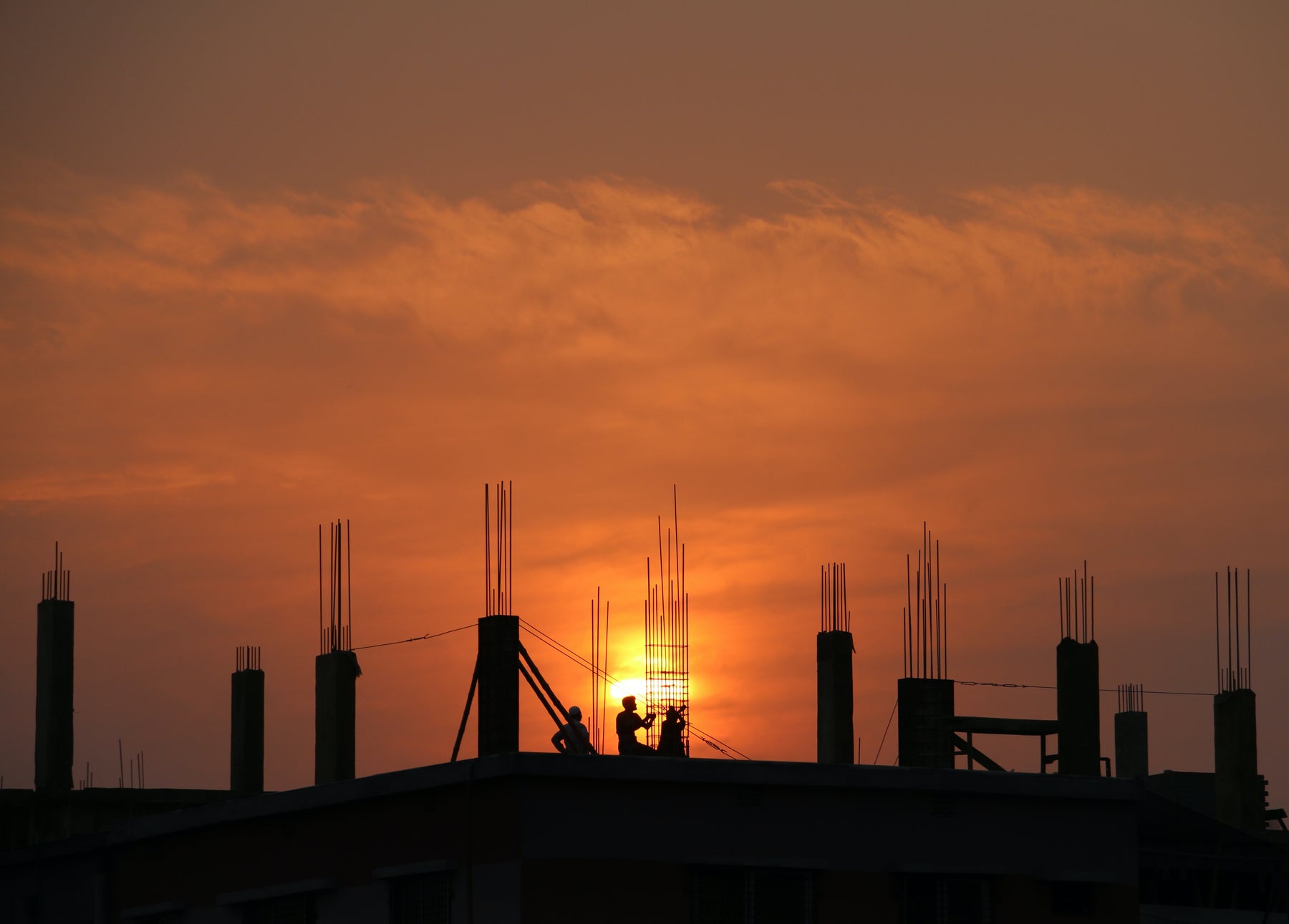
What Kind of Gas Regulator to Use for Your Future Building
Gas regulators are essential for large-scale building projects to ensure the safe and efficient distribution of natural gas. They mitigate risks, optimize gas flow and pressure, and provide a safe and reliable gas supply. For contractors and building developers, choosing the right gas regulator is essential to maintain optimal gas load, delivery pressure and compliance with safety regulations.
We’ll guide you through selecting the ideal gas regulator and provide insight into the process, requirements, calculations and safety considerations.
Application for Natural Gas
Before considering gas regulator options, contact your province’s gas utility company and familiarize yourself with local guidelines. You must provide information about your project, including location, building specifications and estimated gas load. Provide accurate information to ensure an efficient application process.
Gas Load and Delivery Pressure
Understanding the gas load and delivery pressure requirements for your building is crucial for selecting an appropriate gas regulator and meter. The gas meter capacity depends on the gas load or demand – the amount of natural gas consumed by appliances and systems, measured in cubic feet per hour or British thermal units (BTUs). That can include heating systems, hot water boilers, kitchen equipment and other gas-powered devices.
The size of the gas regulator and piping is determined by delivery pressure – the pressure at which natural gas is supplied. It is determined by factors like the gas utility's network pressure and your appliances’ requirements. The delivery pressure should be within the range specified by gas appliance manufacturers.
These calculations must be accurate to comply with provincial building codes and safety regulations.
Property Line Measurement
The property line measurement is the distance between your building and the gas utility’s main supply line. It determines the gas pressure required.
Calculating the property line measurement involves precise measurements and considerations, and it is advisable to work with the gas utility and engineers to ensure accurate measurements. Consider factors like terrain, infrastructure and potential obstacles.
Types of Gas Regulators
Gas regulators ensure safety, regulatory compliance, efficient gas distribution, equipment protection and gas system controls. There are several types:- Direct-acting gas regulators operate by directly sensing the downstream pressure and adjusting the valve to maintain consistent pressure. They are simple, reliable, cost-effective, and often used when the gas load and pressure requirements are relatively stable.
- Pilot-operated gas regulators use a pilot system to sense the downstream pressure and adjust the main valve. They can handle higher gas loads and provide accurate pressure control. They are used when gas demand fluctuates significantly, such as in industrial processes or large commercial buildings.
- Differential pressure gas regulators control the pressure difference between two points in a gas distribution system. They maintain a constant pressure drop across a particular device or equipment. These regulators are suitable for applications requiring precise pressure control, like gas-fired boilers, burners or heating systems.
- Line pressure gas regulators control and reduce high-pressure gas supply from the main distribution lines to a lower, more manageable pressure. These gas regulators are often found at the entrance point of a building's gas supply system. They keep gas pressure within the desired range, protecting downstream equipment and appliances.
- Two-stage gas regulators are commonly employed when a significant reduction in gas pressure is required. They consist of two separate stages: a primary stage that reduces the incoming pressure to an intermediate level and a secondary stage that further reduces the pressure to the desired level. Two-stage gas regulators are ideal for a high-pressure gas supply or when a consistent pressure must be maintained even with varying gas loads.
Maxitrol Gas Regulator Suppliers in British Columbia
Selecting the right gas regulator is essential for the safe and efficient delivery of natural gas. Western Water and Gas Products has 32 years of experience providing quality Maxitrol gas regulators. Our dedicated team of technical experts will help you select the best Maxitrol gas regulators for your project.Call +1(604) 599-1900 or complete our contact form to speak with one of our experts.
